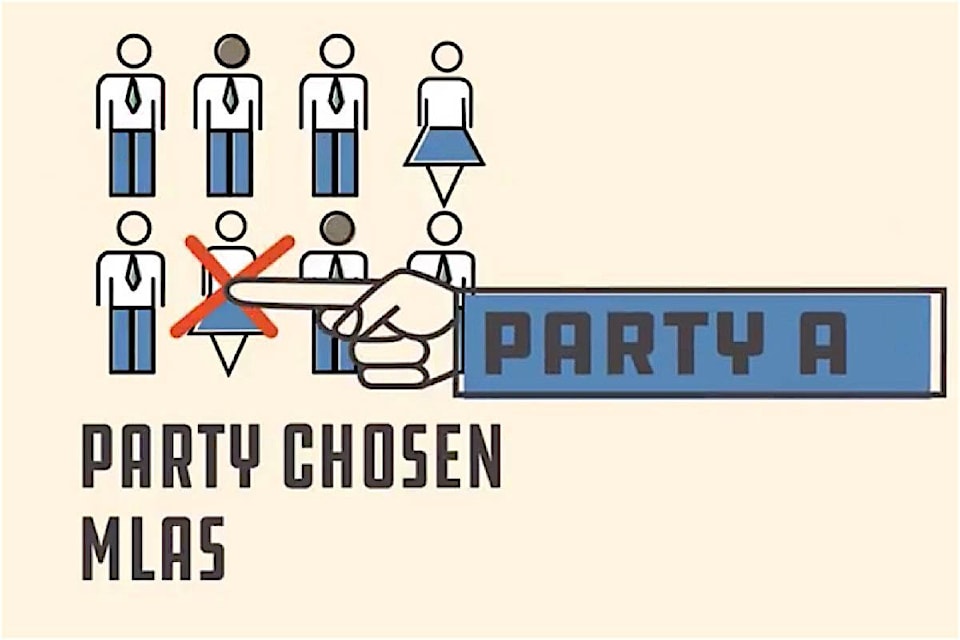Premier John Horgan says hesa���ʴ�ý�s prepared to a debate B.C. Liberal leader Andrew Wilkinson on the NDP-Green plan to change B.C.sa���ʴ�ý�s voting system, once municipal elections are out of the way.
Wilkinson called for a one-on-one debate after his summer tour of the province found many people arensa���ʴ�ý�t even aware a referendum is happening, as Elections B.C. prepares to send out mail-in ballots to all registered voters starting Oct. 22.
In his September speech at their convention in Whistler, Horgan urged municipal leaders to take a sa���ʴ�ý�leap of faithsa���ʴ�ý� by choosing one of the three proportional representation systems offered on the ballot. Critics have seized on that comment to remind voters that itsa���ʴ�ý�s a leap of faith because two of the three systems are untried, and the size of new constituencies is only one of the things Horgan wants finalized after the last ballot is mailed in for counting on Nov. 30.
Elections B.C., the independent office that will start the referendum machinery as soon as the Oct. 20 municipal elections are over, between the current sa���ʴ�ý�first past the postsa���ʴ�ý� system and the three proportional representation options picked by Attorney General David Eby.
sa���ʴ�ý� Voters will be represented by more than one MLA in their district, which will likely be larger than it is currently
sa���ʴ�ý� Smaller parties are more likely to elect MLAs, if they receive at least five per cent of the province-wide vote
sa���ʴ�ý� Coalitions or agreements between parties, like the one between the NDP and B.C. Greens that formed the present B.C. government, are sa���ʴ�ý�usually neededsa���ʴ�ý� in proportional representation
RELATED:
One of the options picked by Eby, rural-urban proportional representation, is designed to address the biggest concern in rural B.C. regions, where ridings are already vast in size. It would impose multi-member districts only on urban areas.
Ebysa���ʴ�ý�s other choice, dual-member proportional, doubles riding size. Parties nominate two candidates, one designated sa���ʴ�ý�primarysa���ʴ�ý� and the other sa���ʴ�ý�secondary.sa���ʴ�ý�
Ebysa���ʴ�ý�s third option, mixed member proportional, gives parties the right to choose 40 per cent of their MLAs based on their share of the vote province-wide.
B.C. Liberal MLA Sam Sullivan has created a video that focuses on the loss of voter choice of MLA in all of the alternatives to first past the post, with parties gaining.
Supporters of proportional representation , where 30 per cent of the vote produces 30 per cent of the seats. They promise collaboration instead of confrontation, and note that the NDP government has promised another chance to evaluate a new system after two B.C. elections.
tfletcher@blackpress.ca
Like us on and follow us on .



